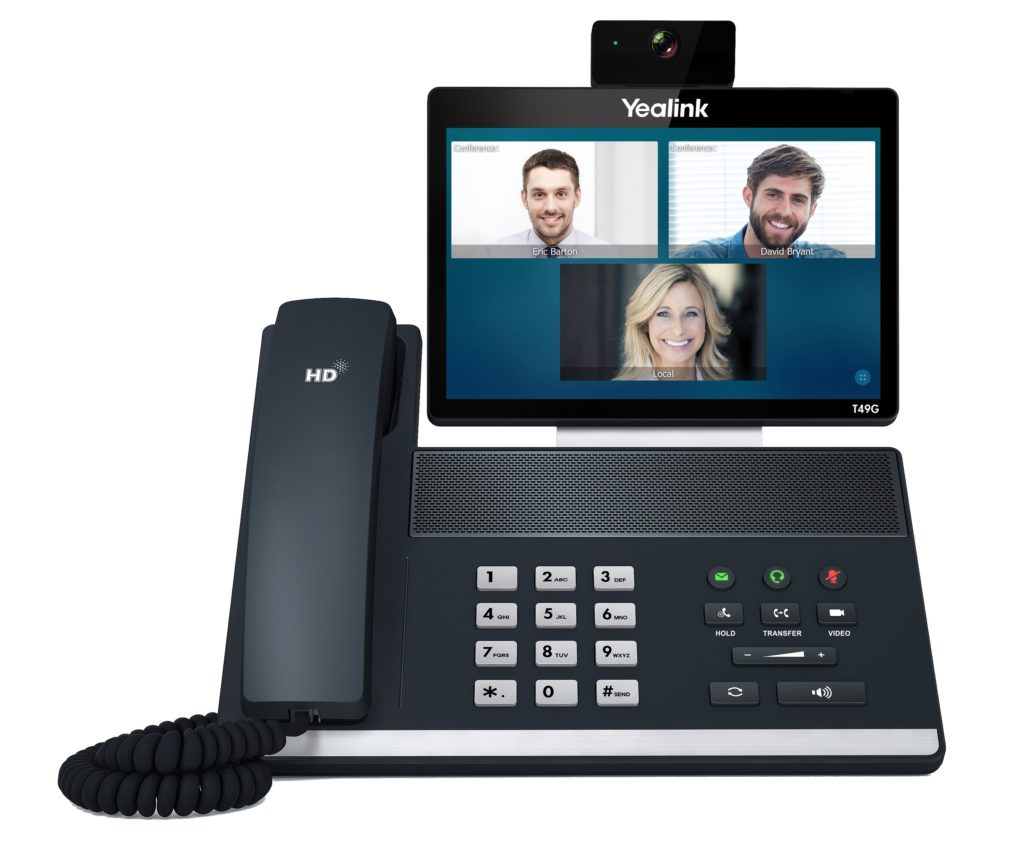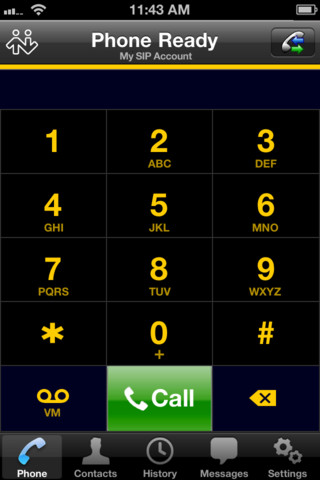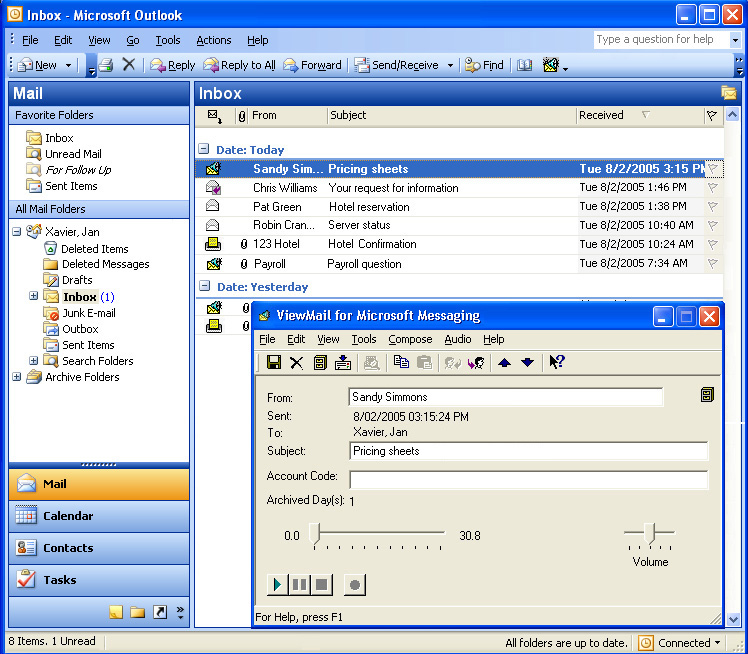Wayne Rash has done a phenomenal job on the following article.
Small to midsize businesses have moved their phone service to the cloud since these offerings combine excellent performance with both cost savings and capabilities that old-style PBX’s simply can’t match. Digital and Analog phone systems use expensive dial-tone such as analog lines or PRI lines. Both are limited and expensive. Here’s The 5 Best Business VoIP Telephone System Used By Fortune 100 Companies in Dallas and Fort Worth.

Today’s business phone systems have a tough job. They have to provide voice communications with employees at their desks; they have to support a call center for sales, customer service, and support; and they need to connect with and through a host of other communications channels, such as fax machines, video conferencing, conference calling, mobile communications, wireless handsets, and text messaging. On top of that, they’re often expected to provide more advanced functionality through software, like shared meeting collaboration, voicemail to email transcription, and call recording. This is a trick The 5 Best Business VoIP Telephone System Used By Fortune 100 Companies.
Because they’re working across such a multitude of channels, many of today’s phone systems are adopting the moniker of Unified Communications-as-a-Service (UCaaS). These are generally cloud-based, virtual PBX’s (private branch exchanges) that include at least one, usually multiple, software clients to enhance their functionality on the web, desktop, and a variety of mobile devices. UCaaS systems have a wide variety of feature sets based on the tried and true Voice-over-IP (VoIP).
A key attraction of VoIP is that it gives these systems the flexibility to work in a wide variety of environments ranging from analog desk phones to softphones piggy-backing on a cell phone. These systems can often also integrate all or part of their softphone clients into other back-office applications, like your customer relationship management (CRM) or help desk platforms. Simply picture the standard interface of such an app that suddenly sports a dial pad and some function buttons as a pop-up screen and you’ll have a very basic idea of how some of this works. In addition, these cloud based systems can have a variety of phone numbers in global locations, so that your customers can have free access to your phone at little or no charge.
Before you can start considering a phone system, you need to figure out what it’s going to be used for, and how much of your business will be involved. You also need to look at your existing phone system and decide whether you’re going to simply keep all of it and bolt some VoIP functionality on top, retain only part of it, or replace the whole thing. Frequently, a total replacement isn’t in the cards if only because some parts of your existing phone system can’t be easily changed over to softphones or even desktop VoIP phones. For example, if you have a heavy manufacturing environment with outdoor activities, such as a steel fabrication yard or even a landscaping company, your old outdoor phones may be exactly what you need. You also need to decide what features of the existing phone system are required, and what features of a future phone system you feel are necessary to carry into the future.
When you’re considering a new VoIP phone system for your business, it’s important to include stakeholders from all of the key parts of your business in the planning and decision making process. Yes, this especially includes the IT staff and the data security folks since your voice communications will now be data. But it also needs to include folks who will be using the system to get work done, especially the work that drives revenue and engages customers. These people have invaluable insights into what’s really needed versus what’s simply cool and new. Plus, you’ll need their input to select a phone system that will actually move your business forward as well as fit into your IT environment.

A critical part of the discussion with your IT staff will be whether your existing data network can handle the extra load that will be placed on it by the new phone system. You’ll need a network that can handle more advanced network management capabilities, including tools to fight jitter and latency as well as to provide Quality of Service (QoS) and different kinds of network segmentation, especially virtual LANs (VLANs). Only tools like these can help free up your network from too much congestion, which can cause your call quality to decrease or even crash the VoIP system entirely.
On the physical side, you’ll also need to plan for providing Ethernet drops to any new desktop phones you’ll be placing on user desks, or even adding capacity to your Wi-Fi network should you decide to use wireless calling. For many organizations a separate network is often winds up being the preferred solution. If that’s what happens in your case, you’ll need a separate VoIP gateway. You’ll also need security that understands voice protocols, and you’ll need to have switches and routers that understand VoIP, too. By the time you’ve covered all those bases, a separate network is often the more effective solution rather than attempting to not only install but also integrate that much new equipment into an existing LAN.
Your IT staff will understand the basics of what needs to be done before a VoIP system can be selected and installed. That will include capacity testing on your current pipes and a thorough audit of your organization’s network management capabilities to make sure they can support and secure the new flow of VoIP data. But for business-level users, selecting a phone system that will help them keep their various processes moving forward, especially the customer-facing ones, starts with understanding what VoIP really is.
VoIP is a method of digitizing voice signals, and then sending the digital voice information over an IP network. To accomplish this, the analog voice information is encoded using software called a codec. When it comes time to change the digital signal back to analog so that it’s understandable, another codec does the job. The cost is lowered while using VoIP and thus the reason the 5 Best Business VoIP Telephone System Used By Fortune 100 Companies.
For a VoIP system to work, it needs a means of routing calls between users or to the outside world. In a cloud based system, a virtual PBX does that job. What that means to you is that the provider is running a large PBX operation in a data center somewhere, and slicing off a little of it to dedicate to your organization in exchange for your money. You’re essentially sharing a large PBX with that provider’s other customers, but because these companies use multi-tenant segmentation, your PBX will appear dedicated to you. This engine will take care of routing calls on your VoIP network.
However, for many businesses there’s a need to route calls to the PSTN and other analog phones that might remain in use, too. This may mean a PSTN gateway, or even a hybrid PBX, where there’s at least a small telephone switch located on-site. Note that these days, a PBX looks exactly like the other servers in your data center, except with an attached means of handling local and analog phones. Many small businesses, however, are avoiding on-premises PBXes partially due to cost savings and partially because the capabilities offered by all-cloud systems are more than advanced enough for their needs. Some virtual cloud PBXes can handle PSTN connectivity without on-site hardware requirements.

If that all is starting to sound more complex than it’s worth, remember that turning your PBX into a software solution means significant opportunity for flexibility and integration that you simply can’t get any other way. After all, programmers can now treat your phone like an app. Where that’s taken us is to the fast-changing UCaaS paradigm. Here, traditional VoIP providers, like the ones we review as part of this review roundup, provide additional software capabilities that are all implemented and managed from a single, unified console.
While the exact features offered in any particular UCaaS solution can change radically from vendor to vendor, most include options for video conferencing, shared meeting and document collaboration tools, integrated faxing, mobile VoIP integration, and device-independent softphone clients. All of these options let customers look at communications in a whole new way, namely, in an a la carte menu-style manner where they can implement only those features their business needs and then access them any time they want and in any combination. This new approach to business communications has been growing steadily among customers over the past few years as recent research from Statista bears out.
For SMBs, the most commonly important features you should be considering include:
- Interactive capabilities, either with voice or button presses, or both. You need to make use of menu trees so that customers can at least get most of the way to the department they need.
- Call queuing, generally used in call centers, where systems like this distribute incoming calls to specific recipients based on what the caller wants, extensions dialed, or other criteria.
- Hold music or more common these days, advertising. You can try to sell products and services to your current and would-be customers while they wait on hold. Just make sure your hold music is sufficiently annoying that you don’t lose status among your peers.
- Extension assignments, including some sort of easy-to-use dialing directory.
- Call recording so you can use phone experiences for training, sales, and marketing intelligence purposes.
- Voicemail to email transcription so your employees can read or play their voicemail from wherever they receive email.
One of the most exciting and clear differentiators between a cloud PBX provider and a standard telephone system is software. Your IT staff will find a host of new software tools to help monitor and manage the system. But what catches most business operators’ eyes are two key capabilities that software provides: back-end integration and softphones. The latter is exactly what the name implies, a phone that’s rendered entirely in software allowing any compatible device to become a phone as long as it has an internet connection, a speaker, and a microphone. More on that below.
Back-end integration with custom and third-party apps, like CRM systems, also open a whole new world for your calling data because now it can extend the phone system beyond just basic voice communication. Such integrations allows users to transfer calls to and from their mobile phone, place and receive calls from their personal phone (that appear to be coming from the business), and interact with colleagues and customers via voice and text — all from a variety of devices. But it also allows recording and analysis of call data to measure things like customer satisfaction, understand your sales audience at a new level, and even handle customer requests and problems automatically without the customer ever being aware they never spoke to a human.
Source-PC Magazine Wayne Rash November 22, 2019.